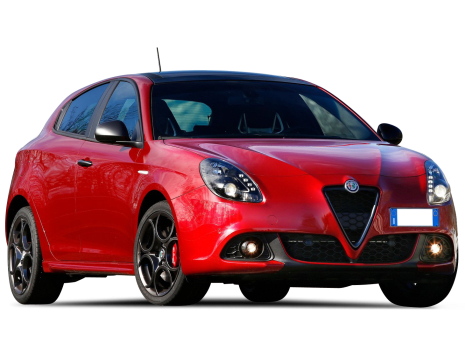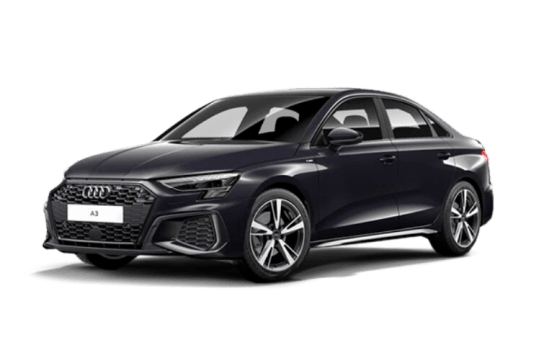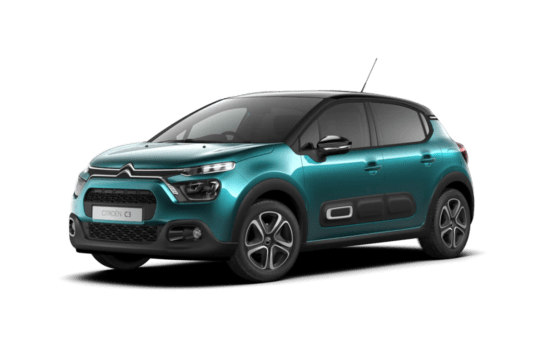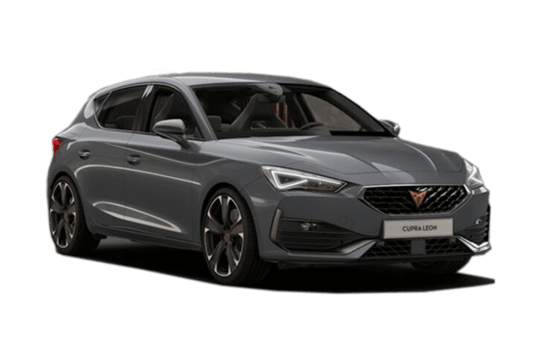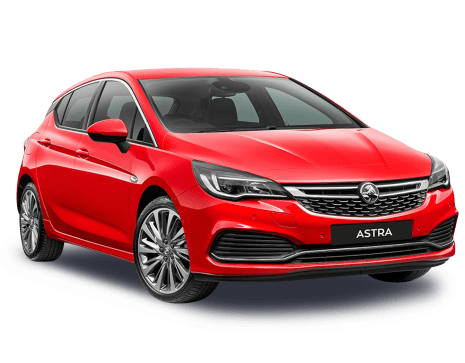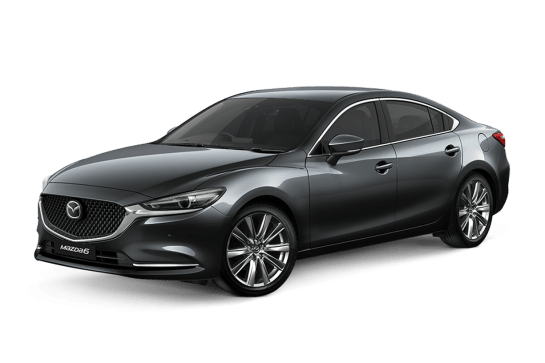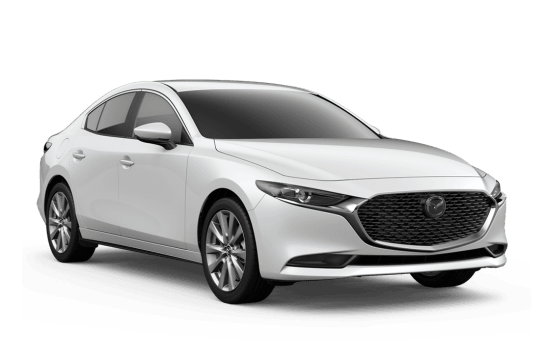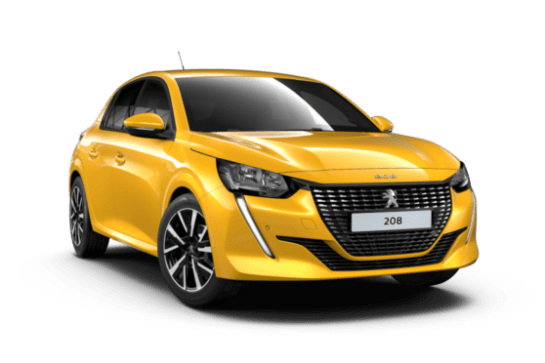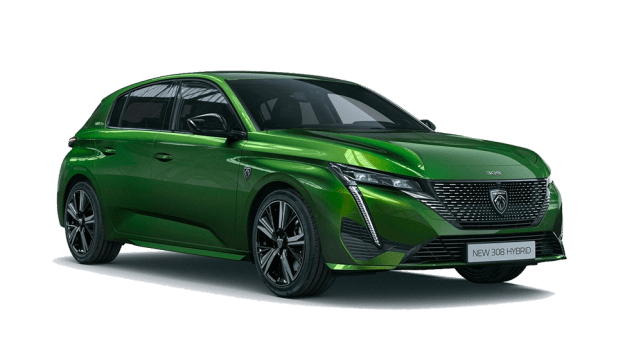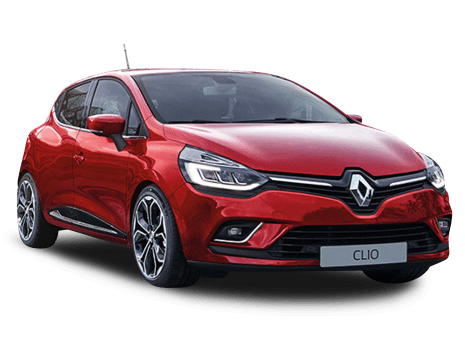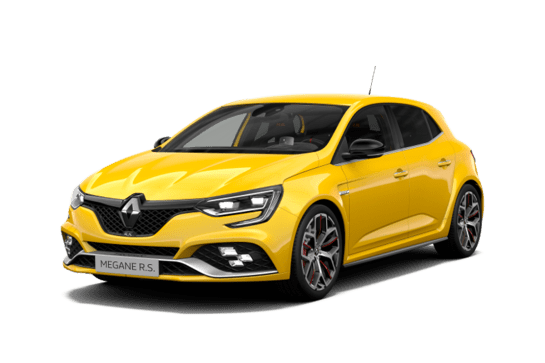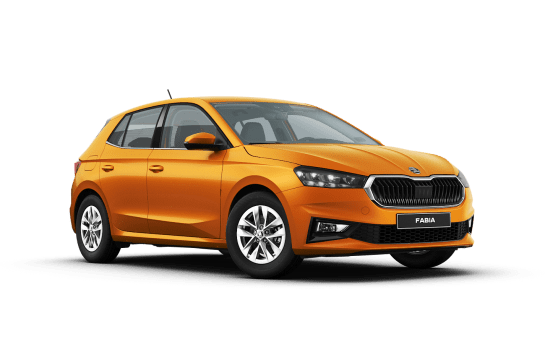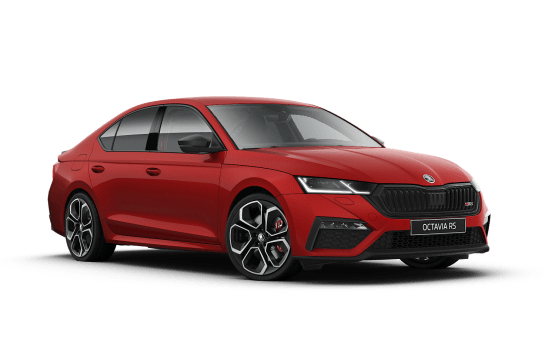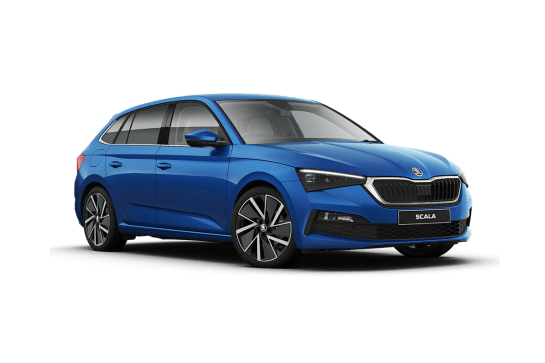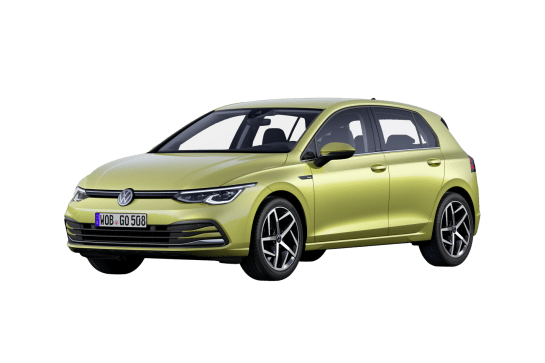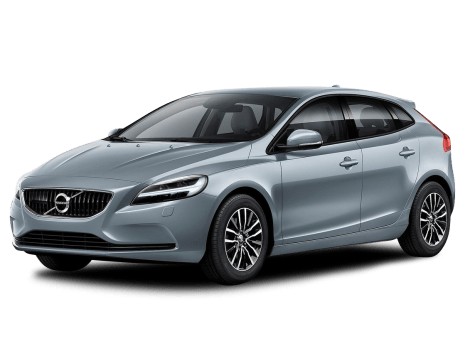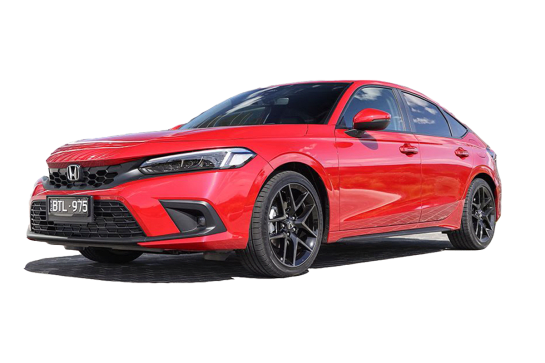
Honda Civic VS Fiat 500
Honda Civic
Likes
- Great interior
- Lovely chassis
- Excellent engine
Dislikes
- Missing some safety gear
- Tight access to boot space
- Old media software
Fiat 500
Likes
- Looks great
- Nippy performance
- Quick charge times
Dislikes
- Modest rear room
- Sub-par safety rating
- Sub-par warranty
Summary
Honda Civic
The Honda Civic's 10th generation is drawing to an end. Well, I say that, but there's still a pretty solid chance that the 11th generation won't quite be here this time next year.
I make the point because we've already seen a "prototype" for series 11 of the Honda Civic Story, but also because we won't actually get the car we've seen – the sedan. Just 20 per cent of Civic sales go to the booted version and then you have to merge that data with the rise of SUVs, both with Honda buyers and the market at large.
Things is, I think the sedan is the better of two for a variety of reasons which I will explain below. I also think the Civic, despite its advancing "age" (four years isn't really that long in the current climate) is still a fairly sensible choice among its peers, which include some serious competition.
| Safety rating | |
|---|---|
| Engine Type | 1.5L turbo |
| Fuel Type | Regular Unleaded Petrol |
| Fuel Efficiency | 6L/100km |
| Seating | 5 seats |
Fiat 500
If ever there was a car that looked ready for electrification from the moment it took shape in the design studio, it was the ‘new’ Fiat 500.
Arriving in 2007, it was up there with the best retro-inspired automotive designs in capturing the spirit of the original it’s based on, and EV power feels instinctively right for its next evolution.
On sale in Europe since 2020, this all-new 500e is the Italian maker’s first ever EV coming to Australia, and it will arrive in July this year.
We grabbed the opportunity of a brief pre-release drive in Fiat’s home of Turin, Italy.
Read more about
- Fiat 500e EV is finally here! But can it compete with BYD Atto 3, MG ZS EV and Nissan Leaf electric cars?
- Fiat CEO wants to dominate small electric car segment, starting with Fiat and Abarth 500e - report
- Can an affordable electric car save Fiat? Why the 2023 500e is the final hope for the Italian brand in Australia | Opinion
| Safety rating | — |
|---|---|
| Engine Type | — |
| Fuel Type | Electric |
| Fuel Efficiency | —L/100km |
| Seating | 4 seats |
Verdict
Honda Civic7.3/10
As a car to drive, the Honda Civic feels great. It had a good start, but the later addition of the turbo 1.5 and the continuous honing of the chassis, steering and driveline – an endearing, unheralded trait that Mazda and Honda do so well – has taken what was a solid car and turned it into one I'd genuinely consider owning, even in this wild orange colour.
What it doesn't have is a full suite of safety systems, which is a real shame, because its main rivals do. Some of us are happy to forego things such as reverse cross-traffic alert and some are not. If you can, the Civic sedan should be in the reckoning. And the clock is ticking.
Fiat 5007.4/10
It feels like the Fiat 500 is coming of age in this new-generation EV form. Electric power perfectly suits this compact hatch’s unique personality. It’s comparatively well priced and the design shouts Italian cool. It’s a niche model, but the 500e’s undoubted charisma could broaden its appeal as electric vehicle adoption begins to pick up pace.
Note: CarsGuide attended this event as a guest of the manufacturer, with travel, accommodation and meals provided.
Design
Honda Civic
Making fun of the Civic's over-supply of angles and lines is really very easy, so for once I'll refrain. Partly because the sedan is better than the hatch in this respect and also because – somehow – I have become quite fond of its wacky face. The sedan's profile is also more flowing and, with all the RS piano black and extra aggro (which ironically means yet more lines and angles), it sat much more happily in my camera lens than before. I wonder if the Civic's controversial looks have aged well in the same way Chris Bangle BMWs have? Because we're all suddenly pretty fond of those now, aren't we?
My changed opinion is bound to infuriate Honda's designers who have cleaned up the Civic for its next version. At this point I should mention that the sedan is on its last legs here in Australia – we won't be getting the next one.
The interior is as good-looking as it is practical. I still don't like the angles of the gauges in the left and right sections of the dash, but the central digital dash section is really good and easy on the eye. The RS picks up some subtle features like the strip of chequered flag fabric on the seats. It's a nice, clean look and I like the use of metallic materials on the climate controls and the stereo. It's a very calm interior, quite a contrast to the exterior.
Fiat 500
In its latest electronic guise, the 500e stays loyal to its 1950s cinquecento roots, with the addition of contemporary touches like this distinctive split headlight and DRL design, beautiful 17-inch alloys that look like they’ve come out of a jewellery box, and a simple, curved rear end treatment with classic 500-style LED tail-lights.
There are six colours to choose from, with ‘Ice White’ being the only no-cost option. Premium shades - ‘Onyx Black’, ‘Ocean Green’, ‘Mineral Grey’ and ‘Rose Gold’ cost $700 extra, while the ‘Tri-coat’ ‘Celestial Blue’ adds $1600 to the price.
The interior also evokes 500s of old with a familiar elongated central panel across the dash, a two-spoke steering wheel and a circular instrument binnacle.
Woven material across the dash (made from recycled plastic) is a nice touch, and there are fun Easter eggs around the car like Turin’s skyline embossed in the wireless charging pad and an outline of the original 500 in the armrest recesses.
The single trim option is ‘Ice Beige’ synthetic leather on the seats and door panel, with a super-cool ‘FIAT’ monogram pattern, throwing back to the brand’s typography from the 1960s and ‘70s.
Overall, the cabin design is neat and ultra-clean with a high-quality attention to detail.
Practicality
Honda Civic
The Civic's cabin is swimming in space and and filled with comfortable seats and lots of storage.
The back seat is super-spacious as it has been forever. Having driven the i30 Sedan last week, I'm having difficulty splitting the two for legroom and lounging space. Where the Civic loses out – and it's close – is in rear headroom.
There are four cupholders and bottle holders and a massive central bin between the front seats, big enough to conceal the massive new PlayStation 5 (okay, maybe not that big, but it it certainly looks big enough).
The boot holds a gigantic-for-a-small sedan 519 litres with the seats in place. Honda doesn't supply a total figure with the seats down, but it will be a lot. The opening for the bootlid is a little tight, so don't get too excited at Ikea.
Fiat 500
It might be 61mm longer than the combustion 500, but at just over 3.6m long, a little under 1.7m wide and a bit more than 1.5m tall, the 500e is still right-sized for the city.
A four-seater, it offers adequate space for the driver and front seat passenger, but with a wheelbase of just over 2.3 metres, something’s got to give, and that turns out to be room in the rear.
Realistically, it’s a kids-only zone, and even then, those in front will need to give ground to free up some legroom.
Storage runs to a tray between the front seats complete with roll-top lid, another storage box/armrest above that, a small glove box and bins in the doors with just enough room for a decent-size bottle.
For connectivity, there are USB-A and USB-C ports for power and media, plus a 12V socket in the centre storage tray and another in the boot. No charging options in the back.
Speaking of the boot, it's only 185 litres (VDA) with four seats up. Enough room for a limited number of (preferably) soft bags, although the rear seat split-folds 50/50 to open up 550L.
Given the front engine, FWD configuration, it’s no surprise there’s no ‘frunk’, the 500e is a no-tow zone, and don’t bother looking for a spare of any description your only option is a repair/inflator kit.
Price and features
Honda Civic
The Civic RS price has slowly crept north, along with the prices of its mostly Korean rivals, now at $34,090. It's a fair bit more than the Ford Focus ST-Line, but you can't get a sedan version of that and infuriatingly neither can you get the wagon.
The RS has 18-inch alloys, a 10-speaker stereo, faux leather seats (nothing wrong with that), auto LED headlights and DRLs, dual-zone climate control, reversing camera, front and rear parking sensors, keyless entry and start, electric driver's seat, auto headlights and wipers and a space-saver spare.
The 7.0-inch matte-finished touchscreen runs Honda's homage-to-the-80s software package that is bolstered by the presence of Apple CarPlay and Android Auto. It also has DAB, which is a nice touch, but it is missing built-in sat nav, which most of its rivals have.
Fiat 500
Offered locally in a single ‘La Prima’ coupe spec the 500e is priced at $52,500, before on-road costs. Although it's available in other markets, there’s no cabriolet-style convertible for Australia this time around.
At that price point EV rivals include the entry-level ‘Classic’ version of the Mini Cooper Electric and just-released five-door Cupra Born.
And the standard features list includes a 10.25-inch multimedia display (running the latest ‘UConnect 5’ software with ‘Hey Fiat’ voice recognition), built-in navigation, a 7.0-inch digital instrument cluster, climate control air, wireless Android Auto and Apple CarPlay, a panoramic fixed glass sunroof, synthetic leather seat trim, a wireless charging pad, heated front seats and six-speaker audio with digital radio.
There’s also 17-inch alloy wheels, LED headlights, tail-lights and daytime running lights, plus keyless entry and start.
Bear in mind you’ll be adjusting the front seats manually, and the climate control is single zone, the latter not such a big deal in a small car. And the only options relate to the paint, which is detailed in the Design section.
Under the bonnet
Honda Civic
The 1.5-litre four-cylinder has a light pressure turbo bolted in to produce 127kW at 5500rpm and 220Nm between 1700-5500rpm. Those numbers are 23kW and 46Nm up on the 1.8-litre, which goes without the turbo.
You can let the continuously variable transmission (CVT) look after the turning of the front wheels or if you're feeling sporty – not an unreasonable expectation if you've picked the RS – you can use the paddle shifters which tell the computer to put some fake gears into the box for you to shift up and down.
Fiat 500
Power is provided by a traction electric motor sending 87kW/220Nm to the front wheels via a single-speed reduction gear automatic transmission.
It’s fed by a 42kWh lithium-ion battery, the set-up running on a 400-volt electric architecture.
Efficiency
Honda Civic
Honda's official testing suggets a combined cycle figure of 6.3L/100km which is lower than the 1.8-litre, a nice bonus when you have all that extra power to play with. My week with the Civic was mostly suburb-bound and I scored a respectable (indicated) 8.2L/100km.
Fiat 500
That 42kWh battery is connected to an 85kW DC charging system, with Fiat claiming it makes 50km of range available after five minutes, and 80 per cent of range in 35 minutes.
The charging port is a CCS Type 2 combo, and the AC maximum is 11kW, taking four hours for a full charge. An 11kW Mode 3 charging cable is included as standard.
Maximum range is 311km which is pretty handy, with the benefit that the relatively small battery delivers those quick recharge times.
Energy consumption on the WLTP cycle is 14.3kWh/100km, however our relatively brief steer around Turin didn’t allow for a meaningful test figure. That will have to wait for evaluation on local soil.
Driving
Honda Civic
This iteration of the Civic has been with us for a while now. I wasn't absolutely sure about it when I first drove it – that was partly down to the less-than-stellar 1.8 and an at-times doughy CVT.
Over the years I've been very lucky to drop my posterior into two, three or even four Civics per year. During that time I have noted some subtle changes, such as the CVT's more attentive nature and the progressive improvement of the ride on particularly bumpy surfaces, such as Sydney's concreted arterial roads.
The RS itself is no different mechanically to the other 1.5-litre turbo-engined cars in the range (it's an entire engine's worth of power short of the madcap Type R) but over the years, that has meant good things. I've always liked the low-set driving position, it's lower than many hot hatches. You sit in and down in the Civic and it feels quite sporty.
Turn the wheel and it's all very positive, with a very pleasant ride and handling balance. The CVT is still a CVT but, especially in the turbo, it has more grab off the line and doesn't indulge in flaring as you'd find in a Subaru, turbo or not. It's actually fun to drive, especially if you draft in the paddles to do some work.
But it's also a car you need never provoke to enjoy driving. The comfortable ride and secure handling make it the kind of car anyone can like. The steering wheel is just right, the controls all feel really nice to use and touch. There's nothing particularly flashy about the Civic apart from its looks, but it's such a comfortable car with a super-solid feel to its engineering.
The main advantage of the turbo engine is that it doesn't have to work as hard as the 1.8 to keep the Civic moving. The extra torque is always there and makes it a much more relaxed car around town than the 1.8-powered Civics, while giving you the extra grunt to push out into traffic, or pull off a tricky overtake.
Fiat 500
Fiat claims the 500e will dash from 0-100km/h is 9.0sec which is pretty handy, and in typical EV fashion it’s cheekily rapid around town.
Given the transmission is a single-ratio auto, the placement of buttons in the centre of the dash to control its operation makes a lot of sense.
Acceleration is impossibly smooth, whether that’s from rest or in the cut-and-thrust of city traffic.
There are three available drive modes. As the name implies, ‘Normal’ doesn’t place any performance limitations on the motor, while ‘Range’ shifts to more aggressive single-pedal regenerative braking and even slicker accelerator response.
Then, if you’re low on charge, ‘Sherpa’ limits maximum speed to 80 km/h and softens accelerator response while cutting the climate control and seat heaters to ensure you get to your destination in best Nepalese mountaineering fashion.
We tried a stint in all three, and Range proved the most effective around town, the regen braking being strong but never abrupt (and able to bring you to a complete stop).
The disc front/drum rear mechanical brakes are a bit sharp on initial bite but nice and progressive from there.
A note for left-foot brakers, though. Apply pressure to the accelerator and brake pedals at the same time and the car bogs down in a case of minor paralysis. A quick dab on the brake is required to get things going again.
Of course, noise levels are low, with the motor just a background hum. But Fiat has installed an unusual (mandatory) ‘Acoustic Vehicle Alert System’ warning for pedestrians at speeds up to 20 km/h.
Rather than the generic space-age tone favoured by many brands, the 500e plays the music of Amarcord by Italian composer Nino Rota. Wow. Turning the car on or off can also be set to produce a guitar sequence inside the cabin.
Suspension is strut front/torsion beam rear and over decidedly ordinary surfaces through inner Turin the 500e was impressively refined, retaining its composure over some nasty ruts and bumps.
A roughly 300kg battery under the floor makes for a low centre of gravity, and thanks to wide tracks for its size, the 500e feels well planted and stable even in sharp cornering manoeuvres.
Steering feel is good, the 205/40 Continental EcoContact 6 rubber is agreeably quiet and grippy and a 9.7m turning circle makes reverse parking or a 180-degree change of course pretty straight forward.
In terms of ergonomics, operating the car is stress-free with a sensible mix of on-screen and physical controls, although a minor black mark goes against small opening levers located low down in the door panels. Not exactly easy to get to.
Safety
Honda Civic
All Civics come with six airbags, ABS, stability and traction controls.
The Honda Sense package adds forward collision warning, forward AEB (high and low speed), lane departure warning and lane keep assist.
One of my favourite Honda quirks is LaneWatch. Flick the indicator for a left-hand turn and the media screen displays the output of a camera pointed down the left-hand side of the car. It's still too bright at night, but you can disable it or tap the button on the end of the indicator stalk to cancel it.
You also get two ISOFIX anchors and three top-tether points.
The Civic sedan was last assessed by ANCAP in April 2017 and scored five stars.
Fiat 500
The Fiat 500e scored four from a maximum five stars when it was assessed by Euro NCAP in 2021, thanks in part to relatively low ratings in the ‘Vulnerable Road User’ and ‘Safety Assist’ categories.
That said, it performed well in adult and child occupant protection, and active crash-avoidance tech includes AEB (with pedestrian and cyclist detection), a reversing camera with 360-degree overhead view, ‘Intelligent Speed Assist’ (with traffic sign recognition), blind spot monitoring, lane-keeping assist, ‘Electronic Rollover Mitigation’ (manages the brakes and motor power during “extreme manoeuvres”), attention assist, tyre pressure monitoring and auto high/low beam LED headlights.
If a crash is unavoidable there are six airbags - dual front, front side, and curtains, although the increasingly prevalent front centre bag is missing in action.
There’s a back-to-base emergency call function triggered by airbag deployment, as well as top tethers and ISOFIX anchors in the two rear seat positions.



